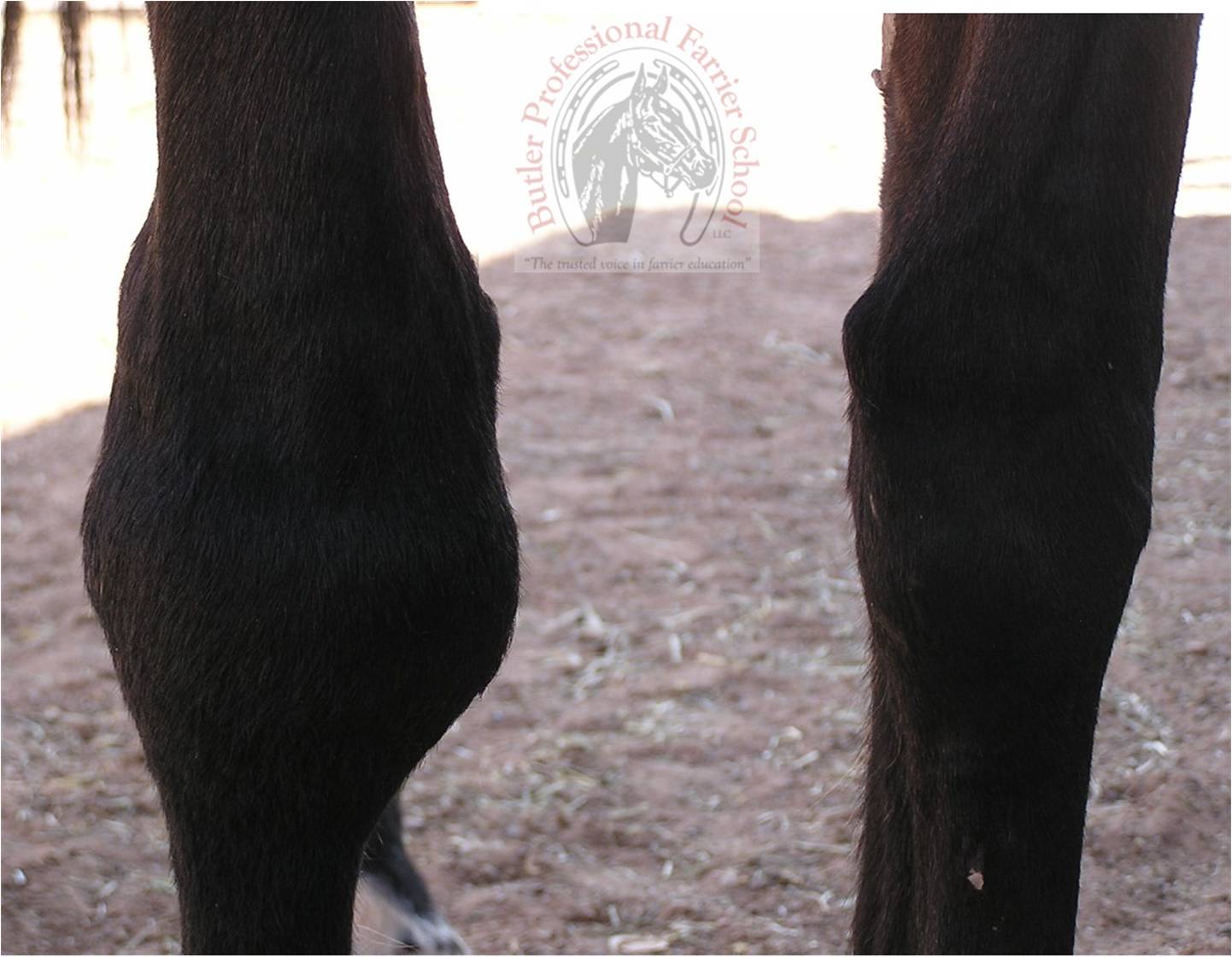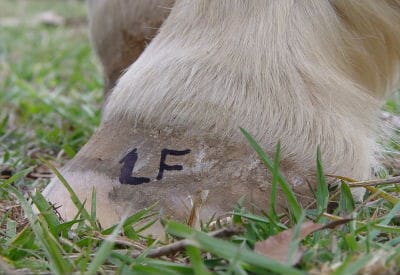
Unfortunately, this method posed two major problems in the past. Traditionally, when a lameness exam (including such things as limb flexion tests, sacroiliac joint blocks, and rectal palpations to assess sacroiliac motion) has indicated the possibility of pelvic trouble, radiography (X ray) was the only tool available to image the area. In recent years, diagnostics has been perhaps the most exciting area of research and discovery related to equine pelvic lameness.

That makes them more susceptible to ligament injuries and degenerative joint disease throughout their bodies, including the pelvic region, says Daniel. Besides having jobs that make them vulnerable to such traumas as twists, sprains, hyperextensions, and falls (which can cause fractures and dislocations), these horses place a higher degree of wear and tear on their entire musculoskeletal systems. ACVS, who’s based in Caldwell, Texas.Īlso at higher risk are performance horses at the upper levels of their sport, particularly in high-stress disciplines such as jumping, dressage, reining, and cutting. These include foals and other young horses not fully trained which might be more susceptible to falls and other trauma during the training process, says lameness and surgery specialist Robin Dabareiner, DVM, PhD, Dipl.

That said, certain groups are at higher risk. Since pelvic injuries often result from trauma, they can affect any horse of any breed, gender, age, or discipline. Performance issues (i.e., resistance to collection, transitions, jumping, or other movements the horse normally performs).Atypical stance (i.e., horse stands with stifle turned out, hock turned in) and/or abnormal head/neck position.Muscle spasms in the lumbar and/or sacroiliac region.Prominent tuber sacrale at the highest point of the rump combined with muscle atrophy (the “hunter’s bump”).Muscle atrophy in the gluteal or lumbar regions.Horse might drag the toes of one or both hind hooves.Sudden hindlimb lameness or pain over the back, hip, or croup.Pay close attention and consult your veterinarian if you see any of the following clues to potential pelvic trouble:

“Your horse will talk to you-and then your horse will start screaming at you,” he says. Signs of pelvic problems can be quite subtle in the early stages, but the more time passes without treatment, the more noticeable your horse’s discomfort will become, says Thomas Daniel Jr., DVM, a practitioner at Southern Pines Equine Associates, in North Carolina.


 0 kommentar(er)
0 kommentar(er)
